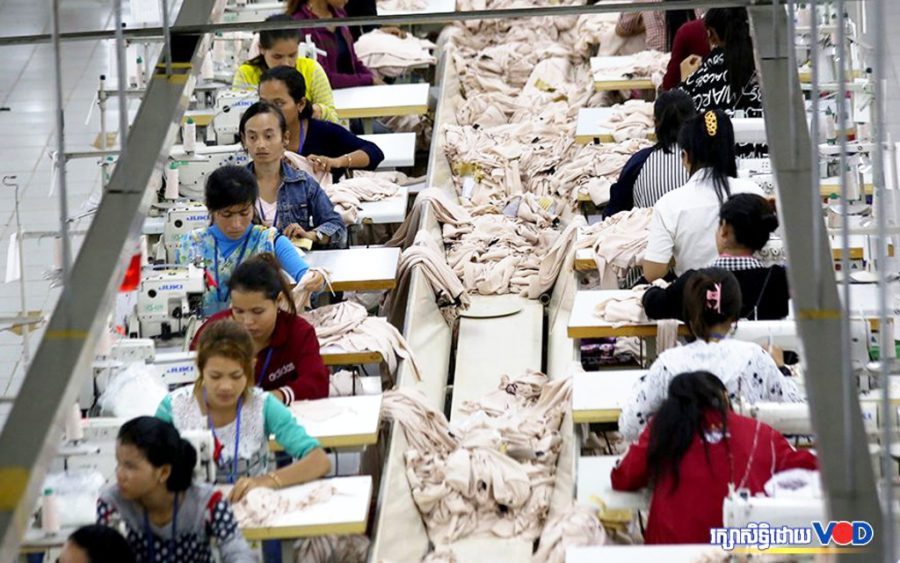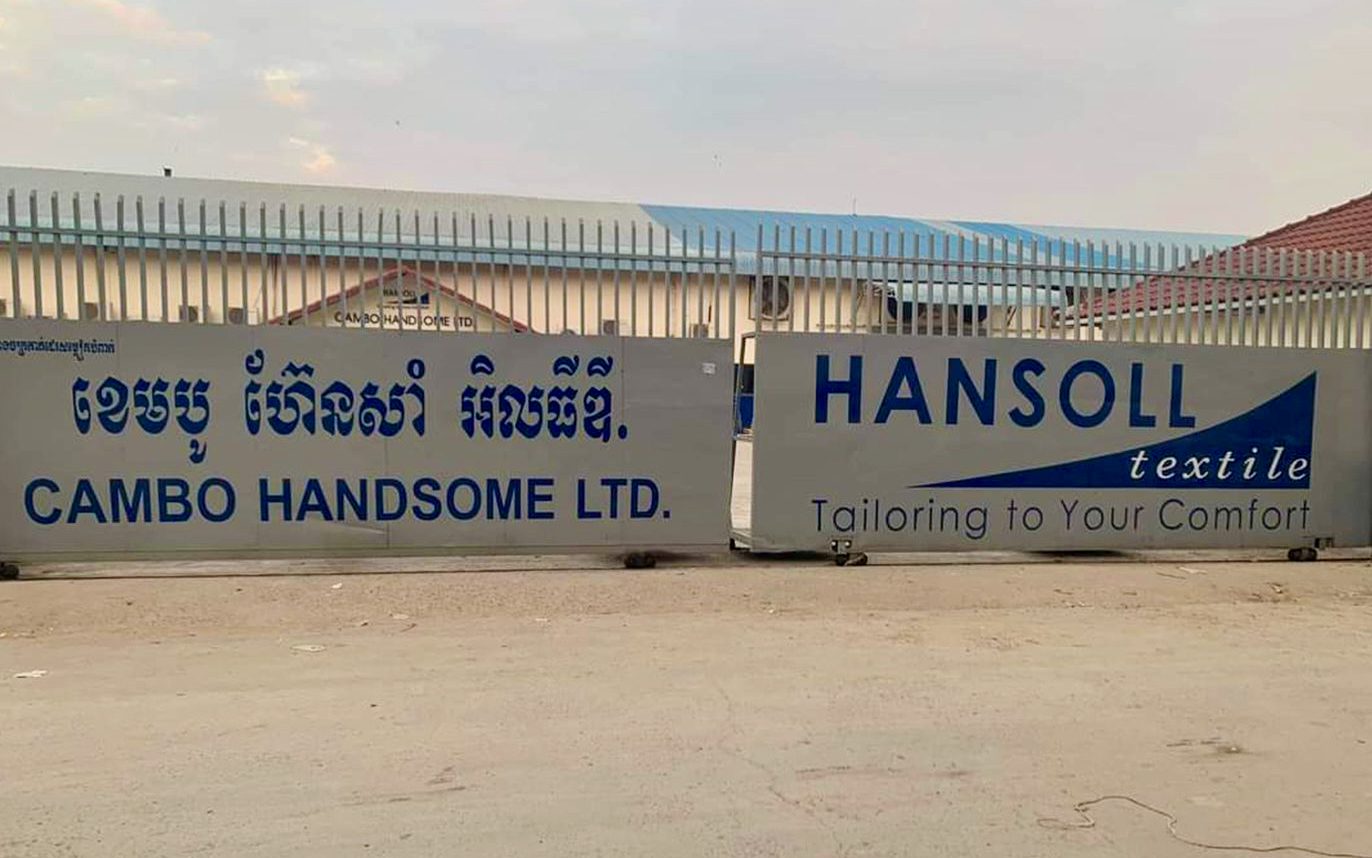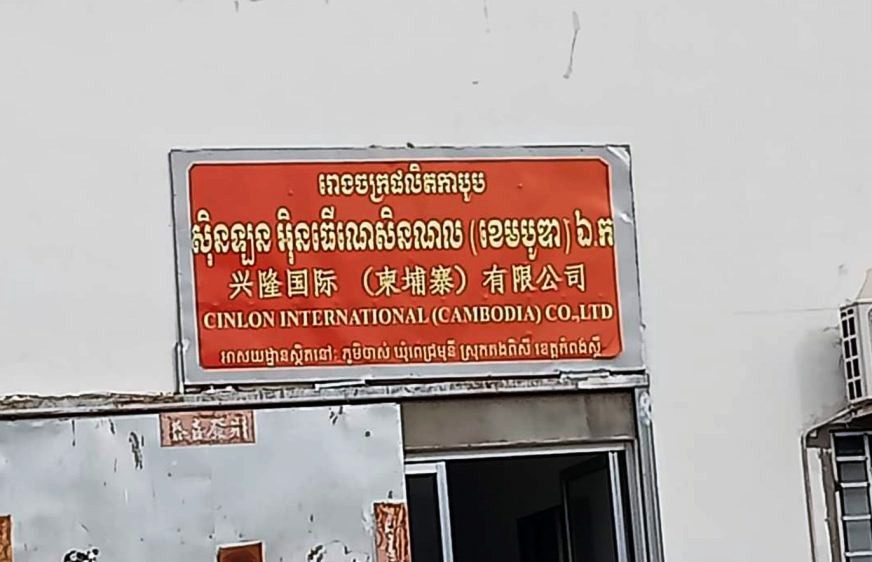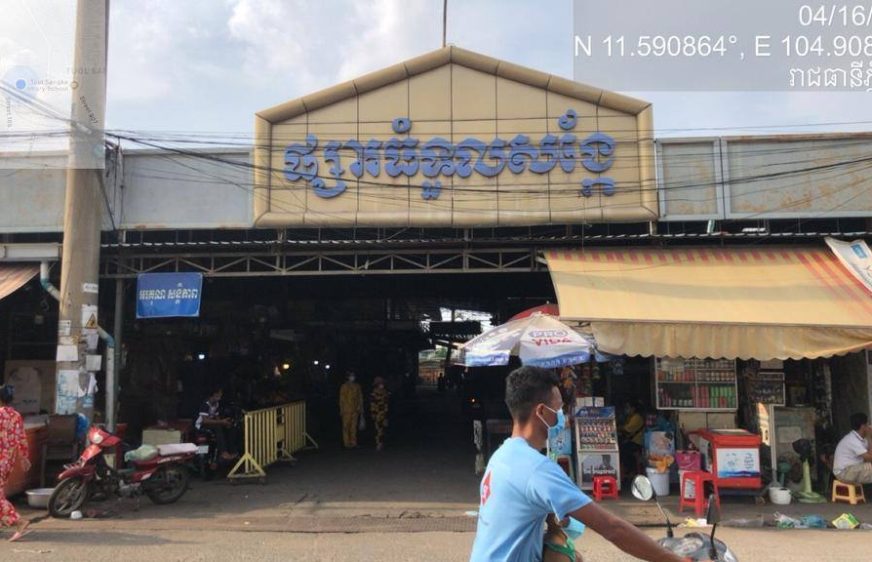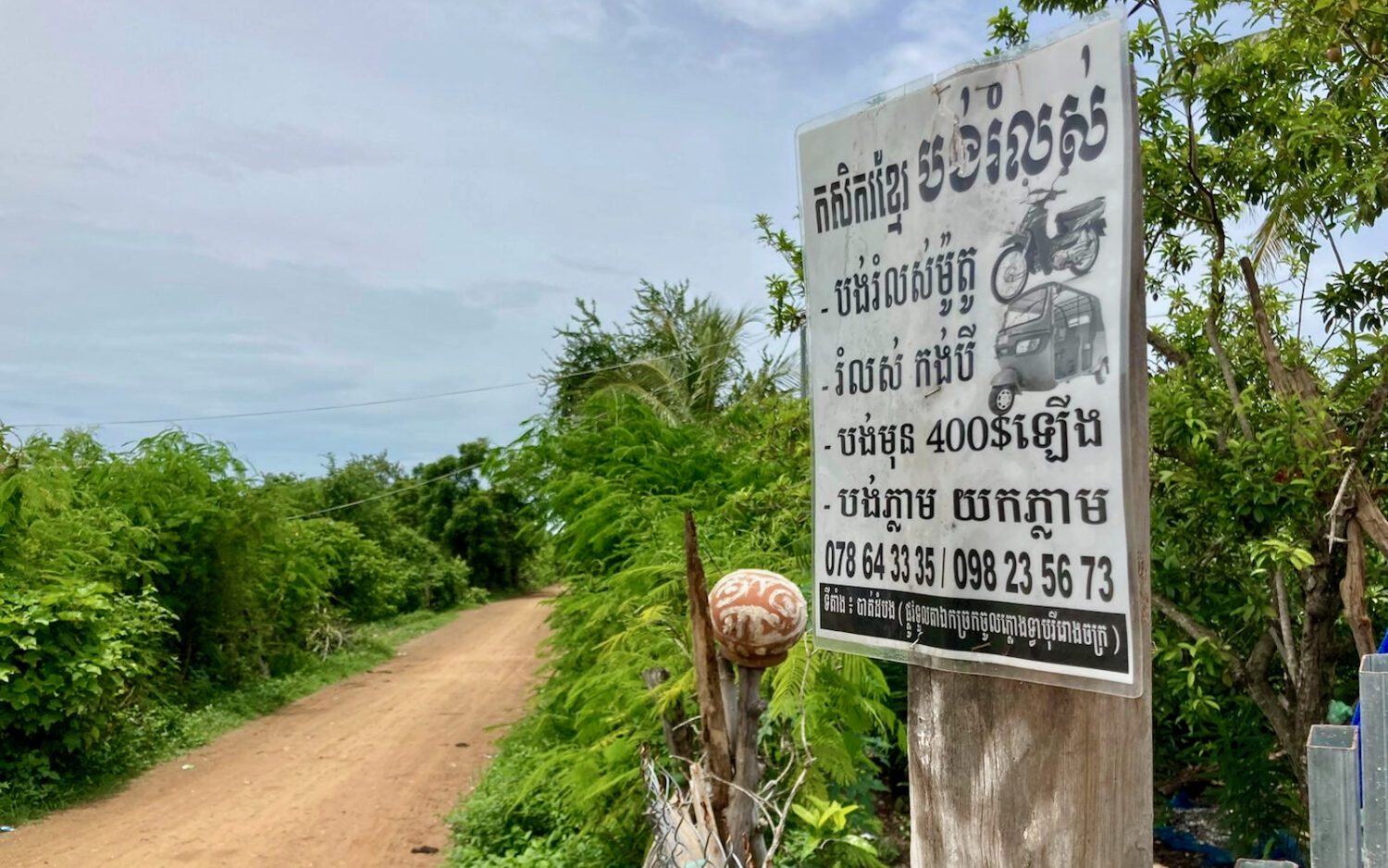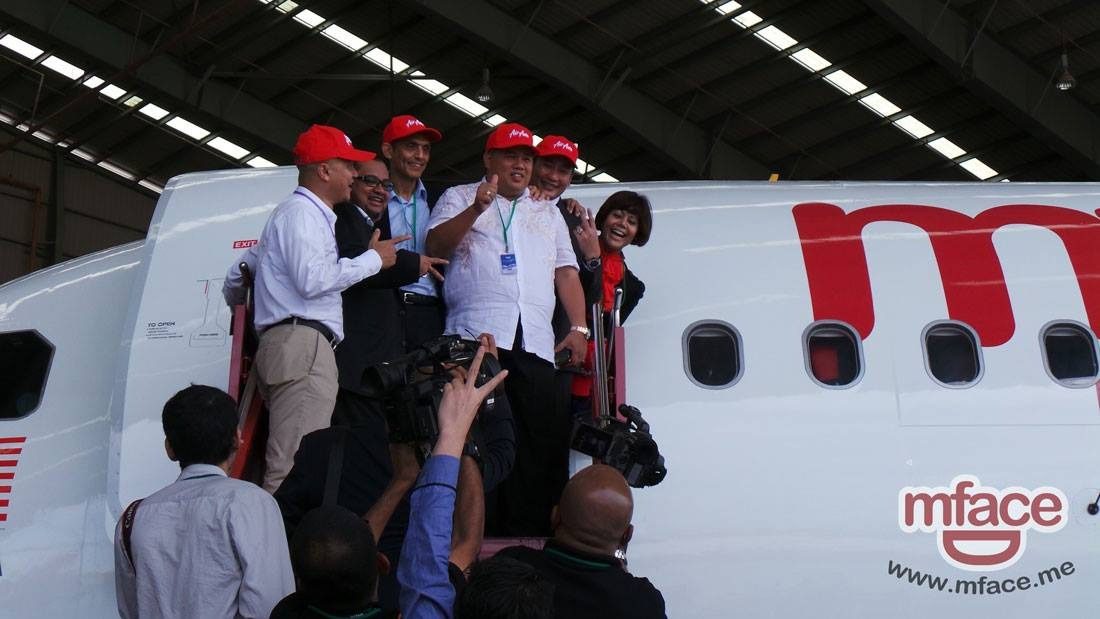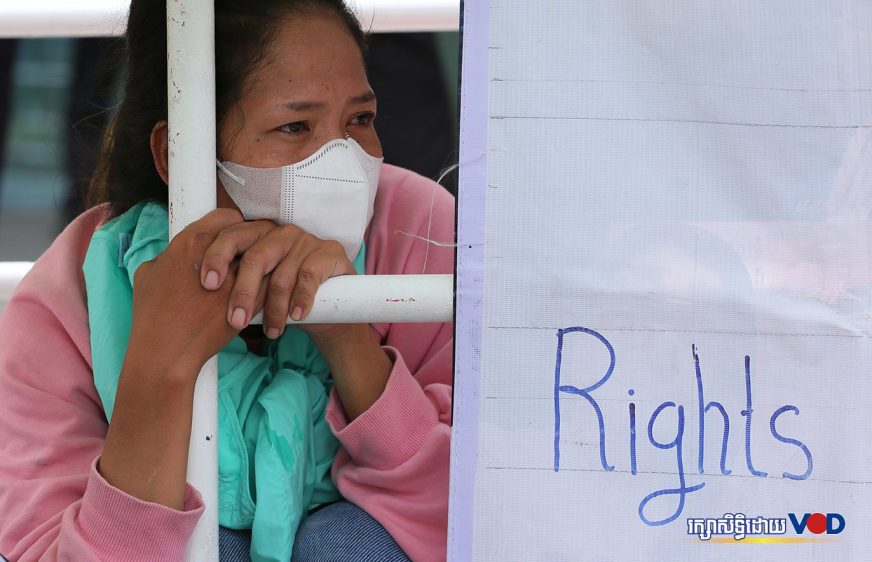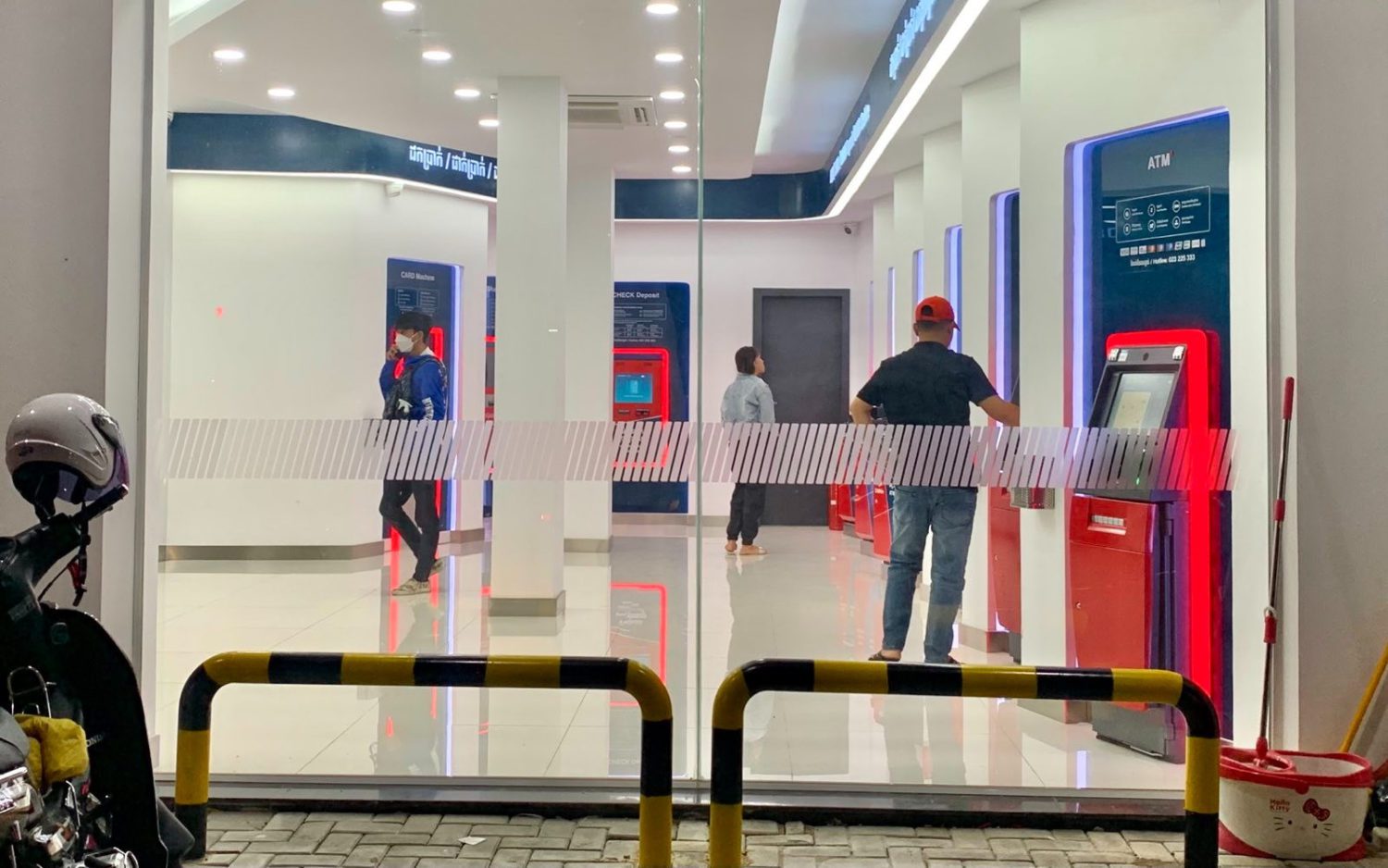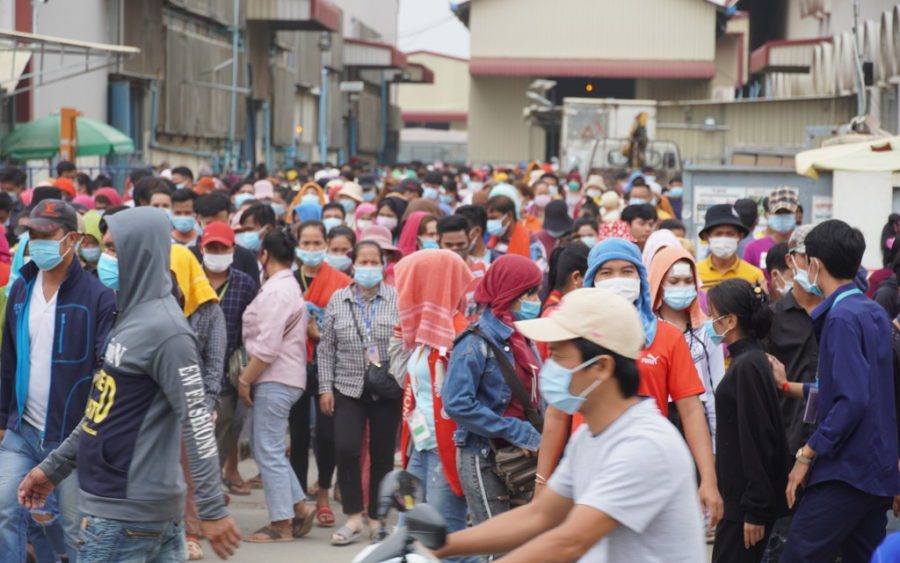Cambodia’s GDP growth this year could drop to its lowest rate in more than a decade, the World Bank projects, with some economic experts warning that the country’s reliance on international markets could slow recovery.
In a report released on Tuesday, the World Bank suggests that this year’s GDP growth could slump to 2.5 percent — or as low as 1 percent in a worst-case scenario — as Cambodia’s key tourism, construction and garment industries suffer sharp declines due to the global economic recession caused by the Covid-19 pandemic.
Cambodia’s risks to near-term growth include a “drastic slowdown” in foreign direct investment (FDI), with about 40 percent of FDI inflows coming from China, where the novel coronavirus was first detected late last year, the bank said.
The report projects growth rates could rebound to 5.9 percent by 2021 under the baseline scenario (or 3.9 percent in the worst case), in which the pandemic is contained and China’s economy and the rest of the world begins to recover. However, the tourism and garment industries are projected to require long recovery periods as travelers and consumers readjust and international demand slowly returns.
The sharp decline in growth would be a sea change for Cambodia, which has sustained annual GDP growth of above 7 percent since 2011, according to the bank.
Miguel Chanco, senior Asia economist for U.K.-based firm Pantheon Macroeconomics, recalled that Cambodia was able to quickly recover from the effects of the last global financial crisis, which punched its GDP growth down to 0.09 percent in 2009. However, Cambodia’s key sectors will need to rely not only on the country’s efforts to stop the spread of the virus, but on global resilience to Covid-19’s economic impacts, Chanco said in an email.
“Much will depend on what happens globally, [including] the ability of people to travel and consumer demand for garments,” he said. “There’s very little the government can do, especially given the constraints of its dollarised economy.”
The World Bank notes that most of the main industries driving Cambodia’s growth started contracting between 2018 and last year. The growth of garment, footwear and travel goods exports decreased from 17.7 percent in 2018 to 13.6 percent last year. The garment sector is now facing a global demand shock, as well as partial suspension of Cambodia’s “Everything But Arms” (EBA) duty-free trade benefits with the E.U., which is set to take effect in August.
Tourism was also already in decline last year, with growth of international arrivals dipping, the hotel and restaurant sector’s contribution to growth dropping, and a 14 percent downturn in foreign tourists to Angkor Archaeological Park, Cambodia’s signature tourist attraction, the bank said. After the 2019 slump, Siem Reap began showing signs of economic shock last month, as businesses reported declines in Chinese and other foreign tourists while the virus spread.
Stephen Higgins, co-founder of the Phnom Penh-based investment advisory firm Mekong Strategic Partners, said he thinks the World Bank’s forecast of 2.5 percent GDP growth this year is too optimistic.
“It will be hard for the government to fully support the economy, given the size of the hit to the economy, and the fact that the drivers are largely external to Cambodia,” Higgins wrote in an email.
He cited the fact that the pandemic has already taken a significant toll on Cambodia’s largest industries, garment manufacturing and tourism, and said he expected the latter sector to be “gone for pretty much the entire year.”
Higgins said Cambodia, like most countries around the world, could use a government stimulus of at least 10 percent of last year’s GDP, which would be approximately $2.7 billion, to recover from Covid-19’s economic impacts. He suggested Cambodia would need help from international donors, even with its domestic and international reserves.
In addition to aiding its own industries, Chanco, the economist, said Cambodian policymakers should take advantage of the shock to global supply chains and try to attract investments from multinational investors, though the move remained risky because Cambodia is a small supplier in the region and could be priced out by more steadfast manufacturing markets.
“The trade war and, more recently, the country’s Covid-19 related shutdowns arguably have accelerated this secular shift in manufacturing out of China — Cambodia, along with other parts of ASEAN, should look to benefit from that over the long run,” Chanco said.
Meanwhile, Higgins praised steps taken by the National Bank of Cambodia, such as dropping bank reserve requirements so financial institutions can use newly-freed funds to assist customers. The state bank has also voiced support for banks and microfinance institutions to provide customers with breaks on loan payments, but the lending sector has yet to release a plan detailing how such payment delays would work.
While the World Bank said poverty reduction was expected to continue, but more slowly, both experts expressed concerns that citizens who live below or just marginally above the poverty line will suffer from the economic slowdown.
As more than 50 garment factories suspended operations this month due to Covid-19-related materials shortages and reduced orders, workers have raised concerns that they will struggle financially even if they are paid partial salaries.
“Jobless rates will be going up a lot in Cambodia,” Higgins said. “A key challenge for the government is how to respond to this in the absence of an existing system for providing unemployment benefits.”


